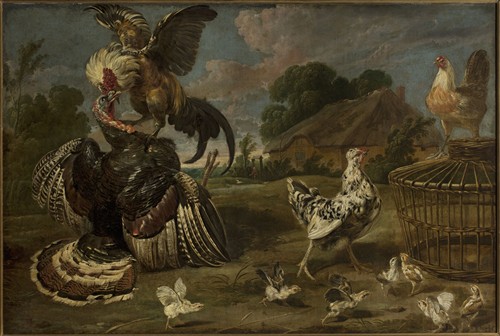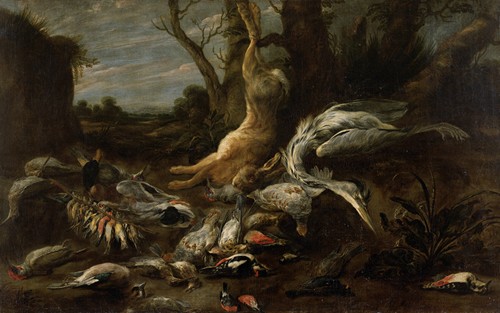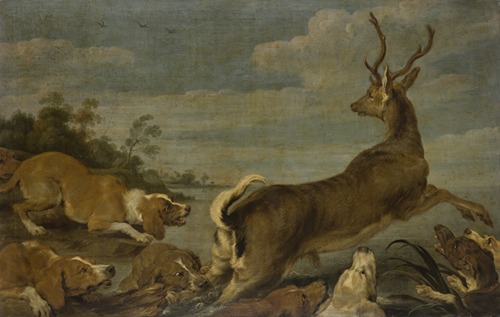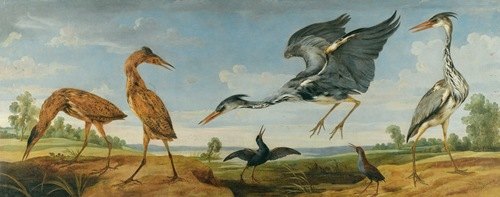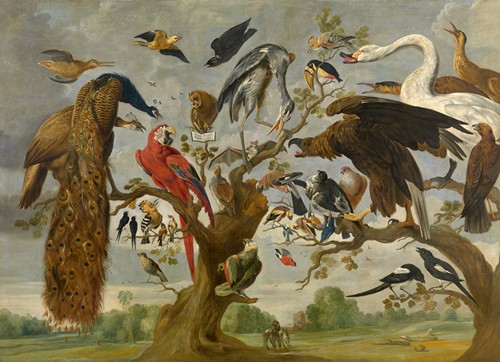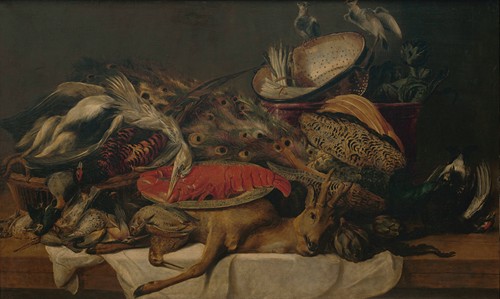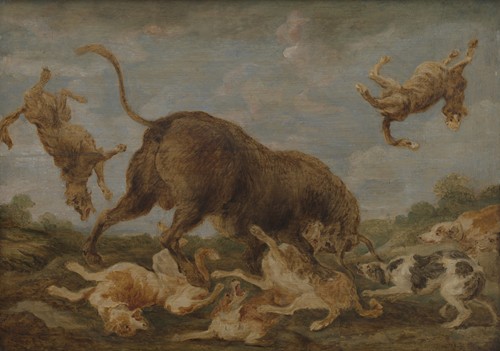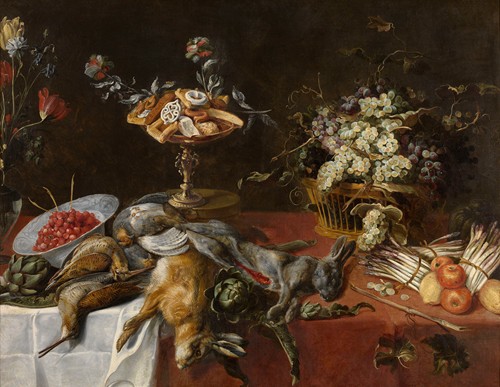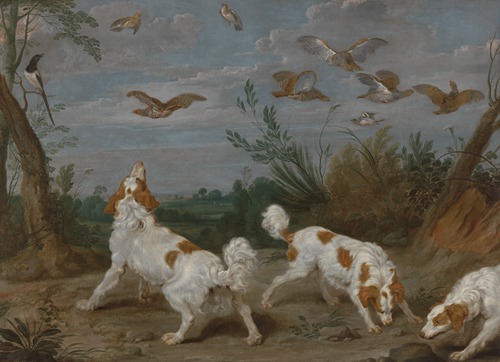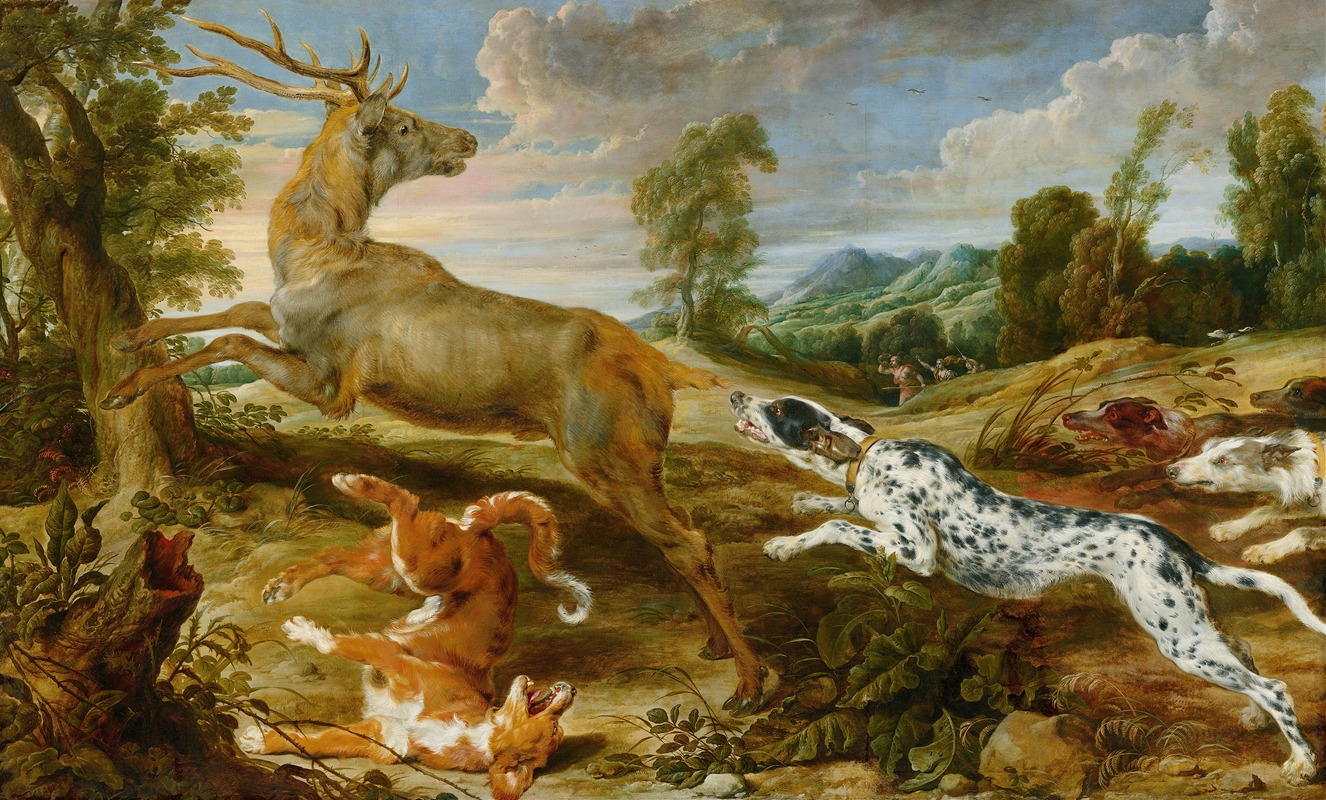
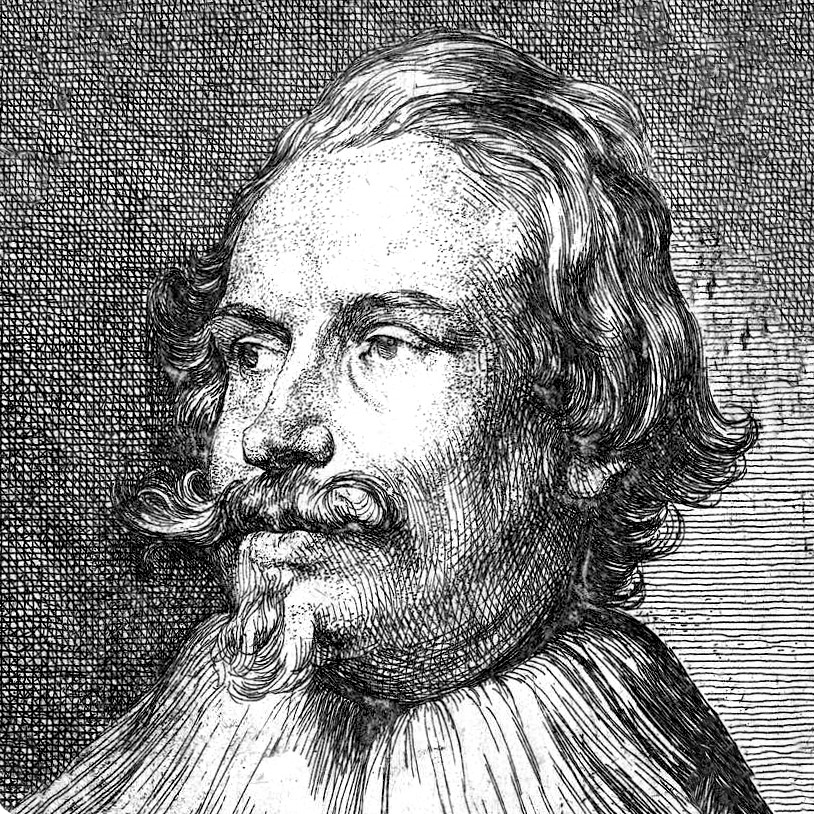
Paul de Vos was a Flemish Baroque painter who specialized in mainly in compositions of animals, hunting scenes and still lifes. He worked for an elite clientele and was a regular collaborator of leading Antwerp painters such as Anthony van Dyck and Peter Paul Rubens.
De Vos was born in Hulst near Antwerp, now in the Dutch province of Zeeland. Little is known of his childhood. His father moved with his family to Antwerp in 1596.
In 1604 Paul de Vos became a pupil of the obscure painter Denijs van Hove in Antwerp. In 1605 he continued his studies under the little-known painter David Remeeus (1559–1626) with whom his older brother Cornelis also trained. He later also trained with the equally obscure Eduard Snayers. De Vos became a master and joined the guild of St. Luke at a late age in 1620, probably because he had initially trained and worked in the workshop of his brother-in-law Frans Snyders who had married his sister Margaretha in 1611.
Paul de Vos married Isabella Waerbeek, a notary's daughter, on 15 Nov 1624 and the couple had 10 children. Peter Paul Rubens was the godfather of one of their sons named Peter Paul born in 1628. The de Vos family prospered and were able to make important investments in real estate in Antwerp.
De Vos enjoyed the patronage of influential aristocrats in Spain such as the marquis the Leganes, head of the Council of Flanders in Madrid and Philippe-Charles, 3rd Count of Arenberg, then residing in Madrid. From the latter he obtained a commission to paint at least 36 paintings of birds, hunts and fables between 1633 and 1640.
In 1637-1638 he worked on the decorations for the Spanish royal residences, Buen Retiro and Torre de la Parada. Most of the decorations at the Torre de la Parada involving animal scenes without humans were by his hand. The governor of the Governor of the Spanish Netherlands Cardinal-Infante Ferdinand visited his workshop.
He had two pupils: Alex Daemps in 1627 and Lancelot van Daelen in 1636.
